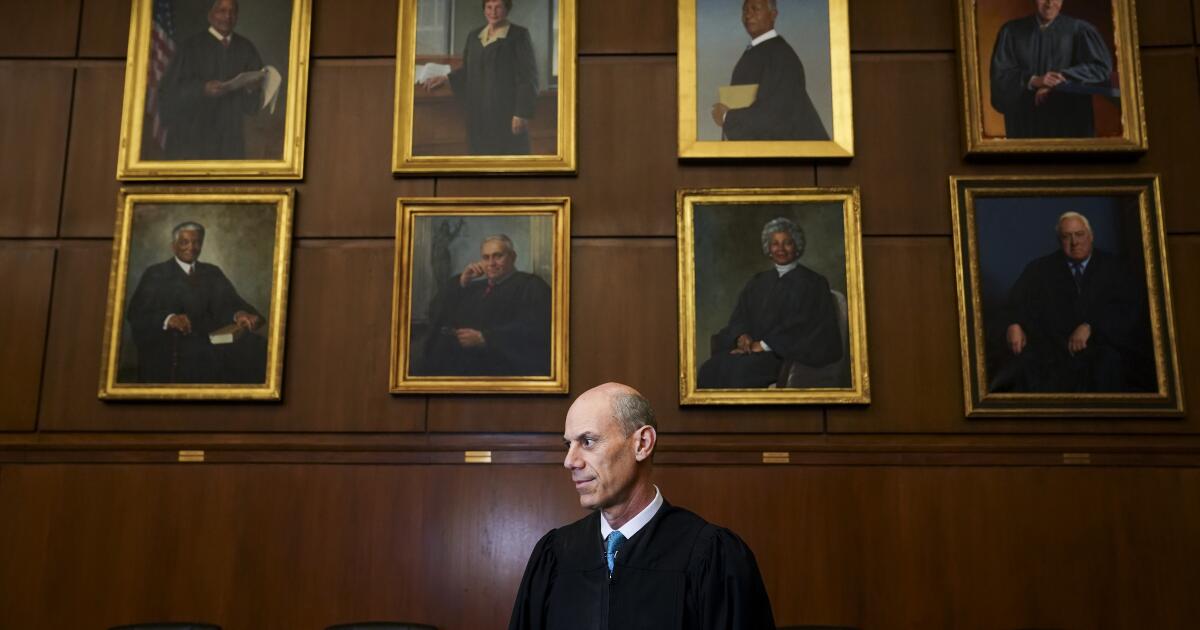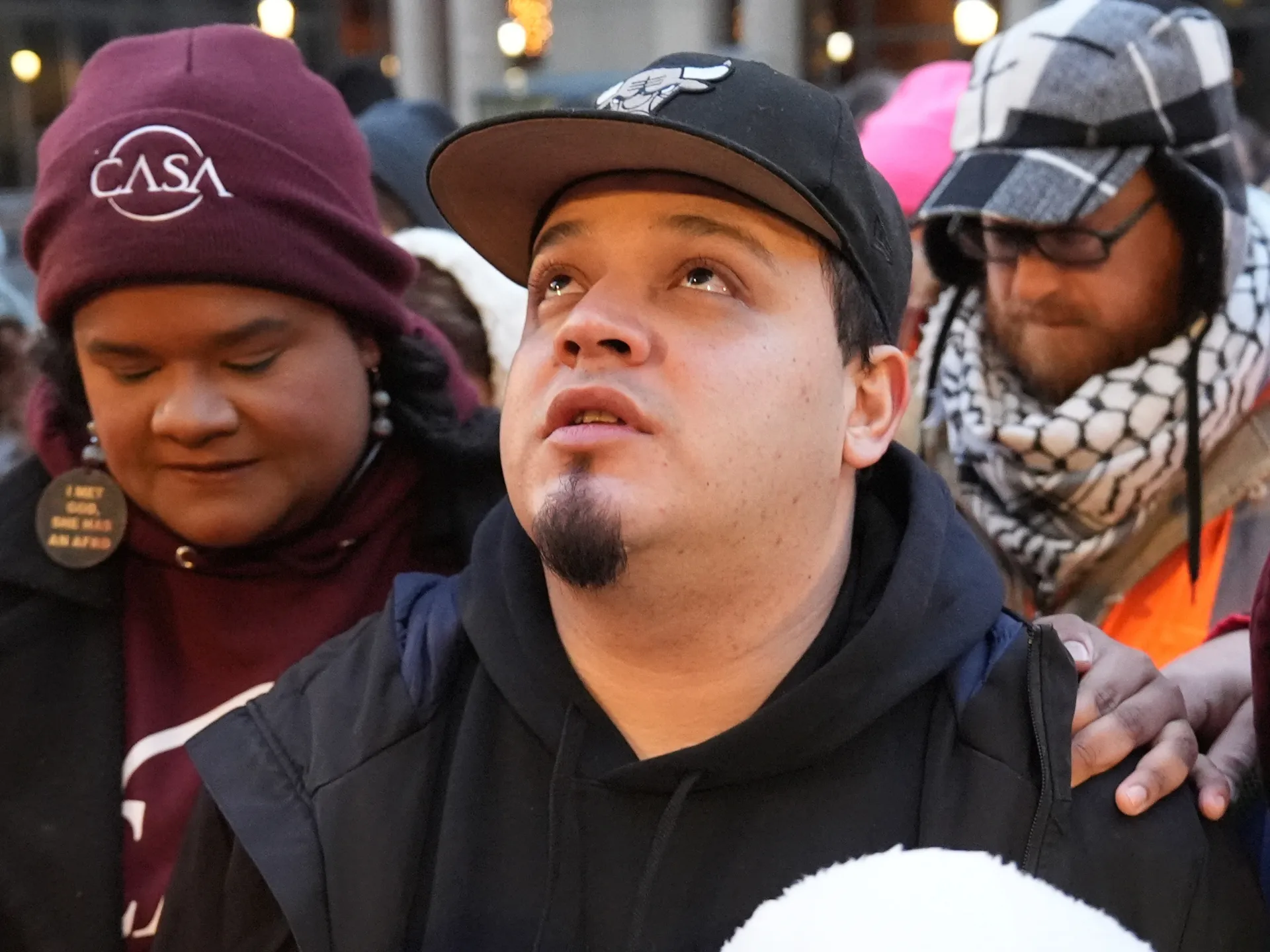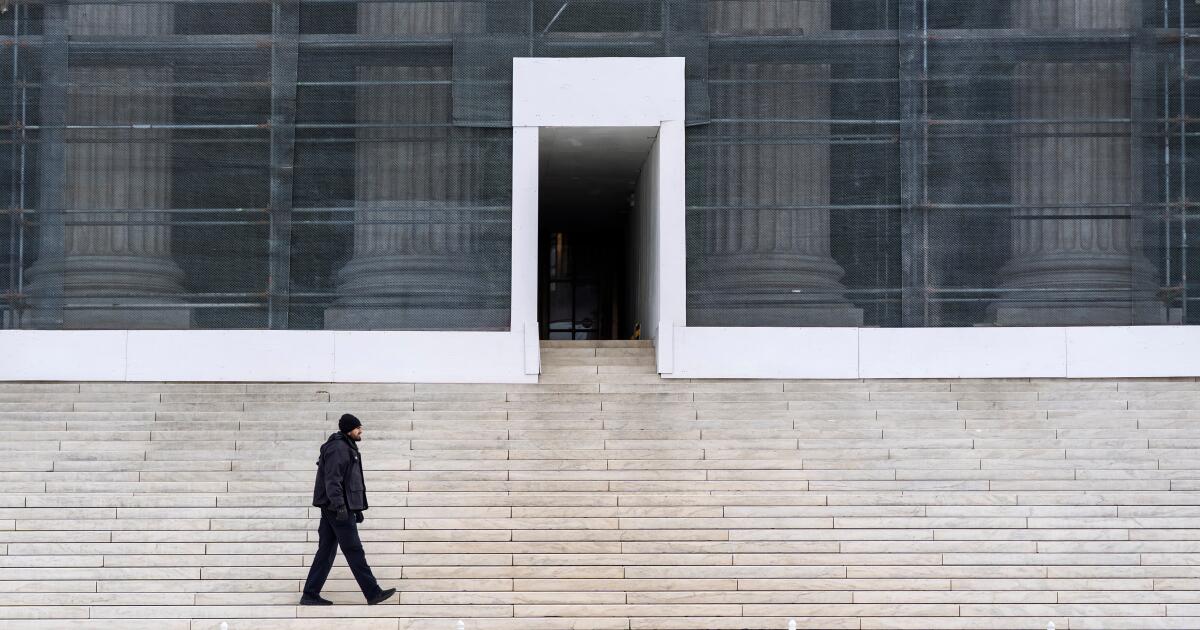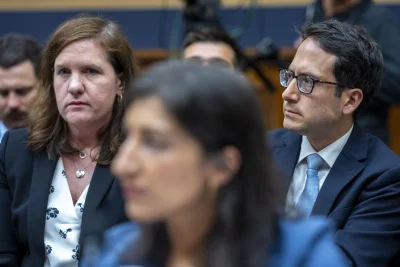WASHINGTON — The Supreme Court’s conservatives sounded ready on Monday to overrule Congress and give President Trump more power to fire officials at independent agencies and commissions.
The justices heard arguments on whether Trump could fire Rebecca Slaughter, one of two Democratic appointees on the five-member Federal Trade Commission.
The case poses a clash between Congress’ power to structure the government versus the president’s “executive power.”
A ruling for Trump portends a historic shift in the federal government — away from bipartisan experts and toward more partisan control by the president.
Trump’s Solicitor General D. John Sauer said the court should overturn a 1935 decision that upheld independent agencies. The decision “was grievously wrong when decided. It must be overruled,” he told the court.
The court’s three liberals strongly argued against what they called a “radical change” in American government.
If the president is free to fire the leaders of independent agencies, they said, the longstanding civil service laws could be struck down as well.
It would put “massive, uncontrolled and unchecked power in the hands of the president,” Justice Elena Kagan said.
But the six conservatives said they were concerned that these agencies were exercising “executive power” that is reserved to the president.
It was not clear, however, whether the court will rule broadly to cover all independent agencies or focus narrowly on the FTC and other similar commissions.
For most of American history, Congress has created independent boards and commissions to carry out specific missions, each led by a board of experts who were appointed with a fixed term.
But the court’s current conservative majority has contended these commissions and boards are unconstitutional if their officials cannot be fired at will by a new president.
Past presidents had signed those measures into law, and a unanimous Supreme Court upheld them 90 years ago in a case called Humphrey’s Executor vs. U.S.
In creating such bodies, Congress often was responding to the problems of a new era.
The Interstate Commerce Commission was created in 1887 to regulate railroad rates. The FTC, the focus of the court case, was created in 1914 to investigate corporate monopolies. The year before, the Federal Reserve Board was established to supervise banks, prevent panics and regulate the money supply.
During the Great Depression of the 1930s, Congress created the Securities and Exchange Commission to regulate the stock market and the National Labor Relations Board to resolve labor disputes.
Decades later, Congress focused on safety. The National Transportation Safety Board was created to investigate aviation accidents, and the Consumer Product Safety Commission investigates products that may pose a danger. The Nuclear Regulatory Commission protects the public from nuclear hazards.
Typically, Congress gave the appointees, a mix of Republicans and Democrats, a fixed term and said they could be removed only for “inefficiency, neglect of duty or malfeasance in office.”
Slaughter was first appointed by Trump to a Democratic seat and was reappointed by President Biden in 2023 for a seven-year term.
But conservatives often long derided these agencies and commissions as an out-of-control “administrative state,” and Chief Justice John G. Roberts Jr. said he believes their independence from direct presidential control is unconstitutional.
“The President’s power to remove — and thus supervise — those who wield executive power on his behalf follows from the text” of the Constitution, he wrote last year in his opinion, which declared for the first time that a president has immunity from being prosecuted later for crimes while in office.
Roberts spoke for a 6-3 majority in setting out an extremely broad view of presidential power while limiting the authority of Congress.
The Constitution in Article I says Congress “shall have the power…to make all laws which shall be necessary and proper for carrying into execution…all other powers vested” in the U.S. government. Article II says, “the executive power shall be vested in a President of the United States.”
The current court majority believes that the president’s executive power prevails over the power of Congress to set limits by law.
“Congress lacks authority to control the President’s ‘unrestricted power of removal’ with respect to executive officers of the United States,” Roberts wrote last year in Trump vs. United States.
Four months later, Trump won reelection and moved quickly to fire a series of Democratic appointees who had fixed terms set by Congress. Slaughter, along with several other fired appointees, sued, citing the law and her fixed term. They won before federal district judges and the U.S. Court of Appeals.
But Trump’s lawyers filed emergency appeals at the Supreme Court, and the justices, by 6-3 votes, sided with the president and against the fired officials.
In September, the court said it would hear arguments in the case of Trump vs. Slaughter to decide on whether to overturn the Humphrey’s Executor decision.
At the time, conservatives applauded the move. “For far too long, Humphrey’s Executor has allowed unaccountable agencies like the FTC to wield executive power without meaningful oversight,” said Cory Andrews, general counsel for the Washington Legal Foundation.
In defense of the 1935 decision, law professors noted the court said that these independent boards were not purely executive agencies, but also had legislative and judicial duties, like adopting regulations or resolving labor disputes.
During Monday’s argument, Justice Ketanji Brown Jackson said the principle of “democratic accountability” called for deferring to Congress, not the president.
“Congress decided that some matters should be handled by nonpartisan experts. They said expertise matters with respect to the economy and transportation. So having the president come in and fire all the scientists and the doctors and the economists and the PhDs and replacing them with loyalists is actually is not in the best interest of the citizens of the United States,” she said.
But that argument gained no traction with Roberts and the conservatives. They said the president is elected and has the executive authority to control federal agencies.
The only apparent doubt involved the Federal Reserve Board, whose independence is prized by business. The Chamber of Commerce said the court should overrule the 1935 decision, but carve out an exception for the Federal Reserve.
Trump’s lawyer grudgingly agreed. If “an exception to the removal power exists,” he wrote in his brief in the Slaughter case, it should be “an agency-specific anomaly” limited to the Federal Reserve.

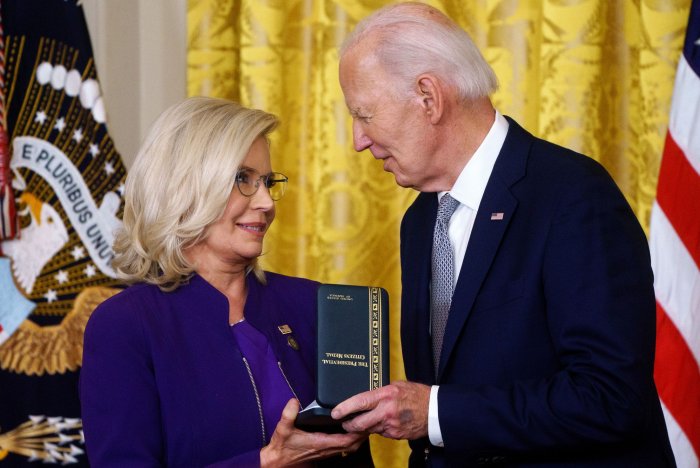


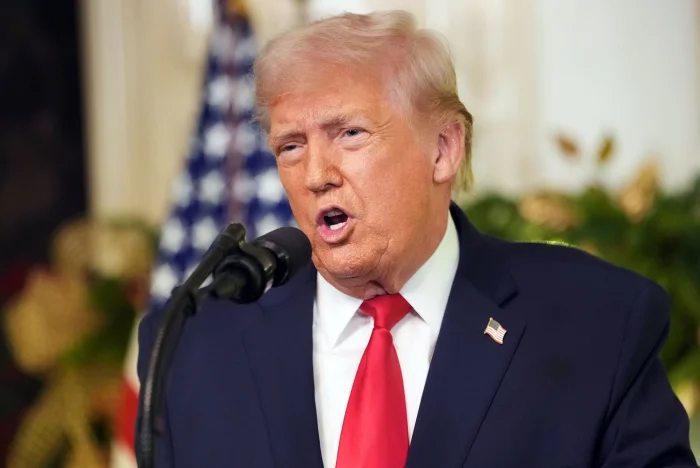



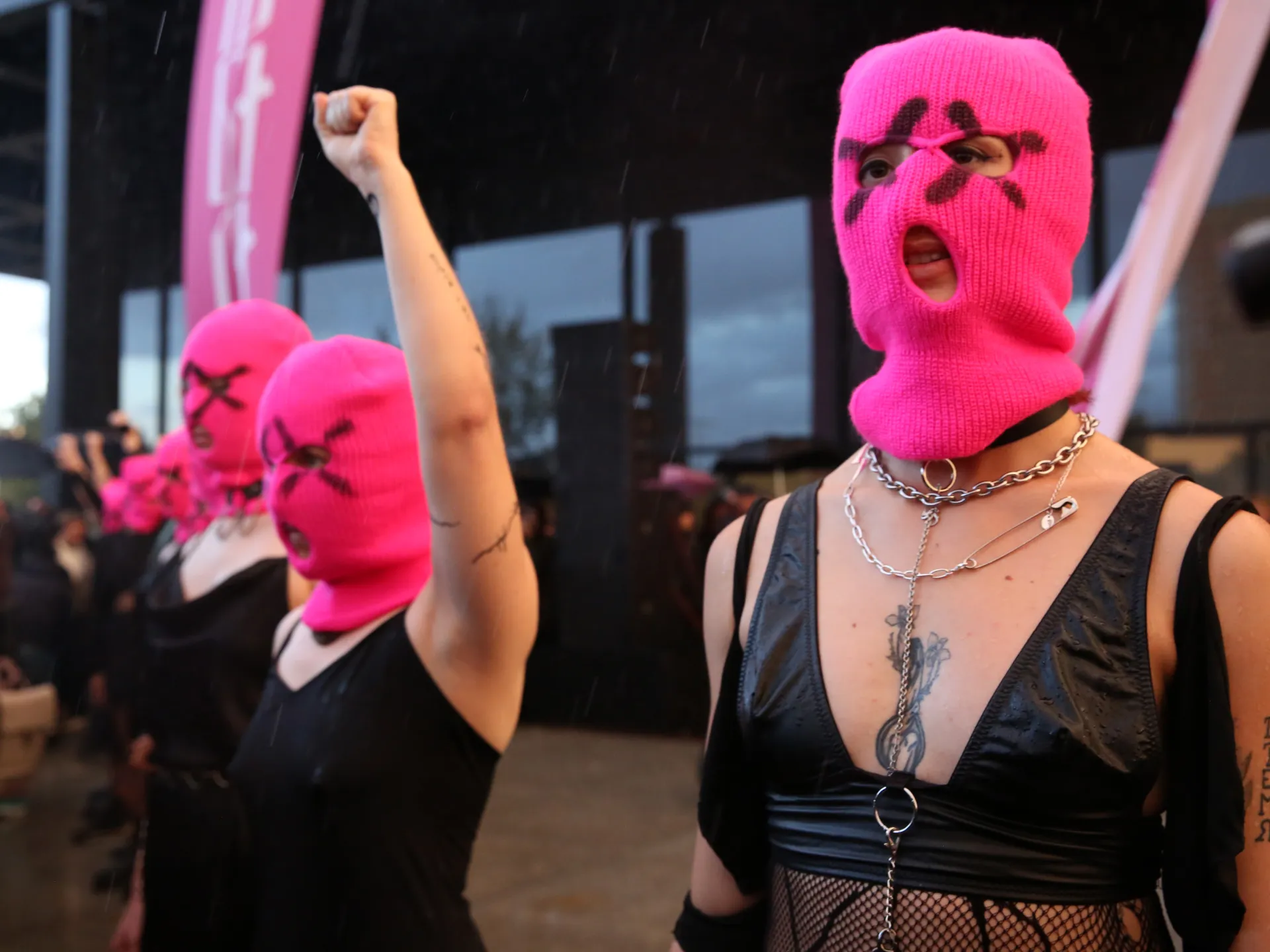



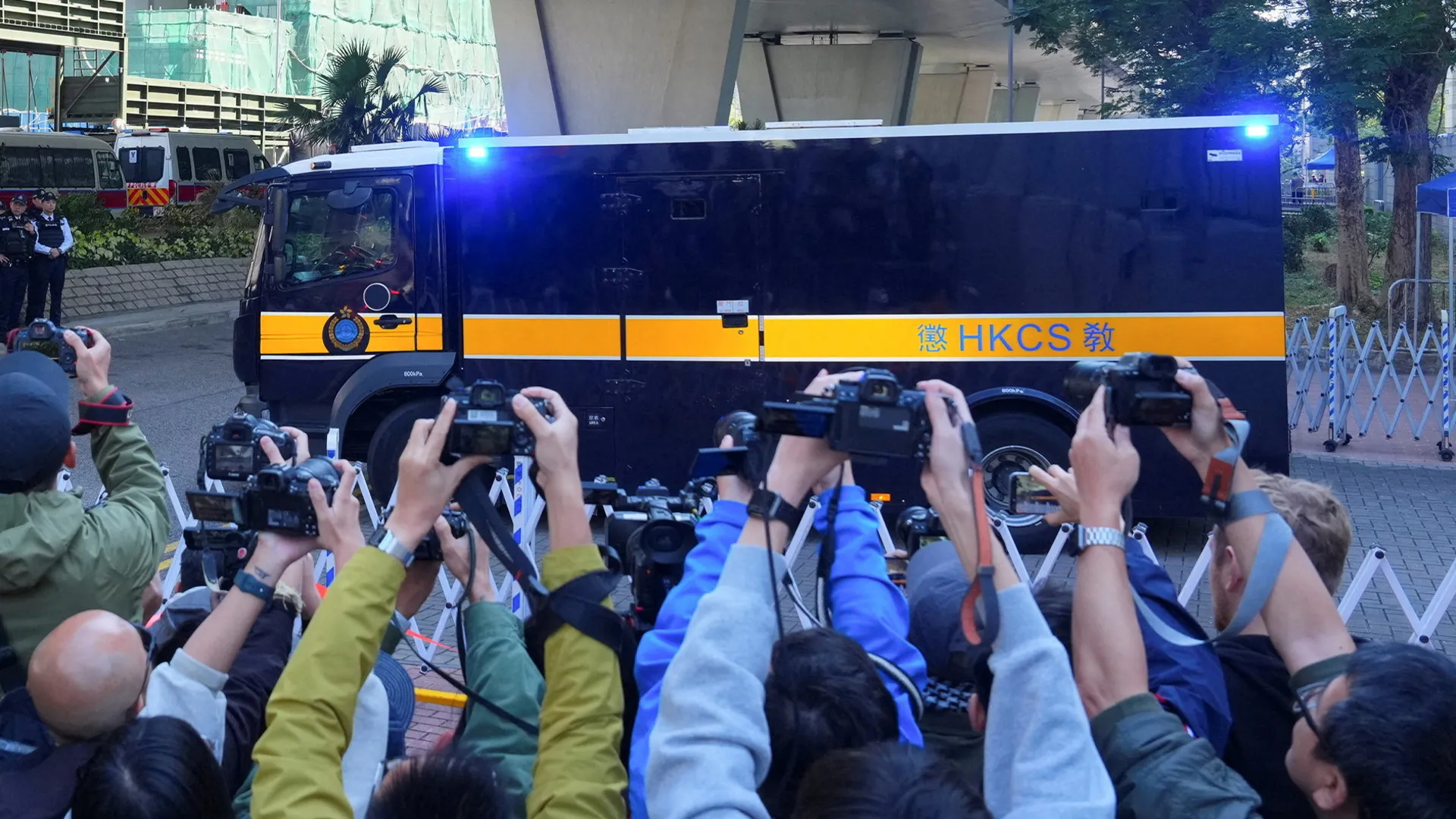
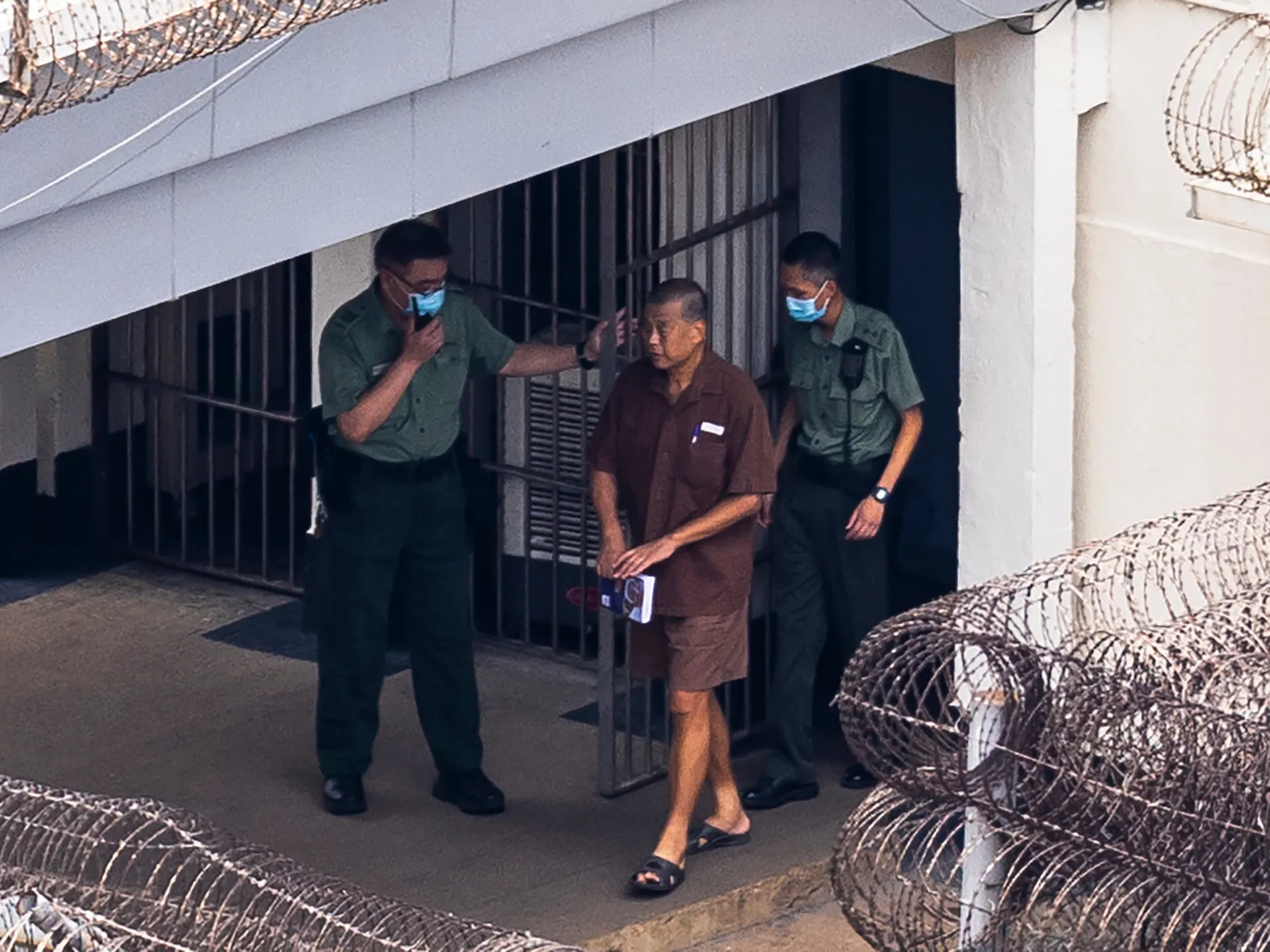


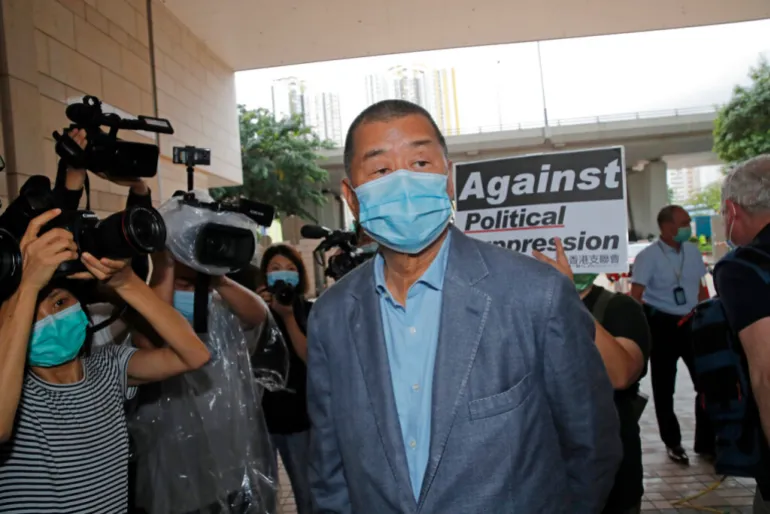
![Various of groups of pro-democracy activists including Jimmy Lai , center, arrives at a court in Hong Kong, Tuesday, Sept. 15, 2020. Prominent activists Jimmy Lai and Joshua Wong were among more than two dozen activists appearing in court after being charged of participating in unlawful assembly. They were charged for joining a vigil last June 4 to commemorate the anniversary of the 1989 Tiananmen crackdown. While the event has been held every year, authorities did not grant permission for the gathering this year citing concerns over the spread of coronavirus. [AP Photo/Kin Cheung]](https://i0.wp.com/occasionaldigest.com/wp-content/uploads/2025/12/AP20259260530041-1732140237.jpg?w=640&ssl=1)
